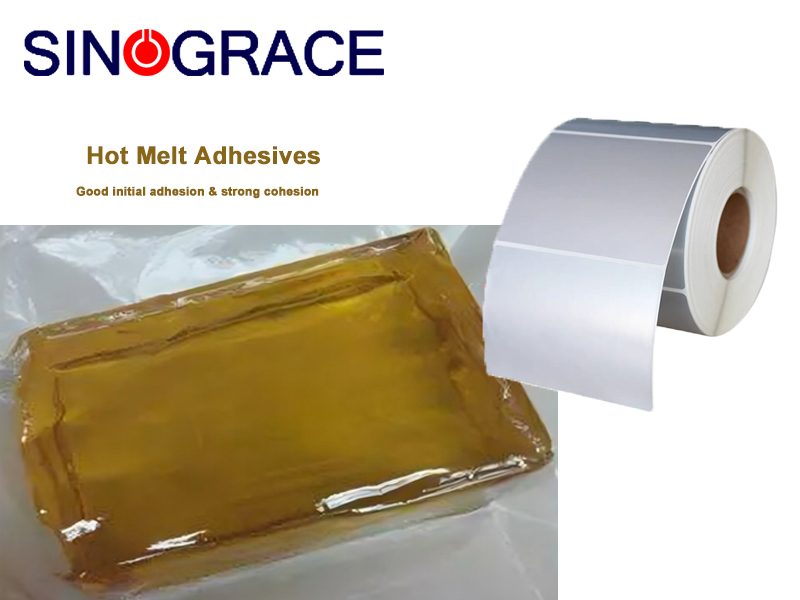Lors de la production d'étiquettes, qu'il s'agisse d'adhésifs à base d'huile, d'eau ou thermofusibles, une adhérence initiale suffisante est requise. Les adhésifs dotés d'une forte adhérence initiale adhèrent facilement à diverses surfaces. Quels sont donc les avantages de l'utilisation d'adhésifs thermofusibles à cet égard ?
01 Protection de l'environnement
Actuellement, le
adhésifs thermofusibles
Utilisés dans les étiquettes, courantes dans notre quotidien, ils présentent une teneur en solides pouvant atteindre 100 %, ne produisant aucun déchet solide à l'usage et répondant aux normes environnementales modernes. Avec le développement de ce type d'adhésif thermofusible, de nombreux pays ont abandonné les adhésifs à base d'huile au profit d'adhésifs à base d'eau et thermofusibles pour la production d'étiquettes.
02 Forte adhérence
Adhésifs à base d'eau
Ils présentent des avantages pour la production d'étiquettes, notamment une large plage de températures et un aspect lisse. Cependant, leur adhérence initiale et leur résistance au pelage sont faibles, et leur adhérence sur les surfaces non polaires peut être insuffisante. Les adhésifs thermofusibles, quant à eux, présentent une adhérence initiale et une résistance au pelage très élevées, répondant aux exigences de collage d'une large gamme de matériaux.
03 Faible coût
En fait, les adhésifs à base d'eau ont généralement une teneur en solides d'environ 50 %. Une surface d'application uniforme permet de réduire considérablement la quantité d'adhésif thermofusible utilisée. L'adhésif thermofusible ne contient ni eau ni solvants ; il ne nécessite donc pas de séchage pendant la production ; il refroidit et se solidifie naturellement, ce qui permet de gagner un temps précieux, d'améliorer l'efficacité de la production et de réduire les coûts.
Comparé aux adhésifs à base d'eau et d'huile, l'adhésif thermofusible offre des avantages tels qu'une meilleure adhérence, un respect de l'environnement, une non-toxicité, l'absence d'équipement de séchage, un faible encombrement, une production rapide et un faible coût. C'est pourquoi l'adhésif thermofusible connaît un développement rapide dans le secteur de l'étiquette.
Anhui
Sinograce Chemical
Co., Ltd. est spécialisée dans les adhésifs thermofusibles et les adhésifs à base d'eau pour l'étiquetage. Nous attendons votre commande avec impatience.


 français
français English
English русский
русский español
español العربية
العربية





